Other

“Scientists tracked elusive waves of charge and spin that precede and follow the mysterious emergence of superconductivity Superconductors carry electricity with perfect efficiency, unlike the inevitable waste inherent in traditional conductors like copper. But that perfection comes at the price …
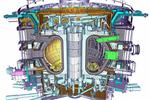
“Stony Brook University assistant professor Jason Trelewicz brings his research to design and stabilize nanostructures in metals to Brookhaven Lab’s Center for Functional Nanomaterials Materials science is a field that Jason Trelewicz has been interested in since he was …
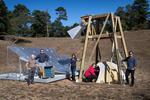
“A new prototype radio telescope has begun observing the universe from the U.S. Department of Energy’s (DOE) Brookhaven National Laboratory. Constructed by a team of scientists, engineers, carpenters, and students, the prototype telescope was funded through Brookhaven’s …
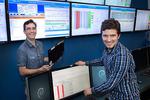
“Scientists at the U.S. Department of Energy’s (DOE) Brookhaven National Laboratory have developed new software to streamline data acquisition (DAQ) at the National Synchrotron Light Source II (NSLS-II), a DOE Office of Science User Facility. Called “Bluesky …

“Brookhaven Lab scientists discover spontaneous voltage perpendicular to applied current that may help unravel the mystery of high-temperature superconductors. The perfect performance of superconductors could revolutionize everything from grid-scale power infrastructure to consumer electronics, if only they could be coerced …
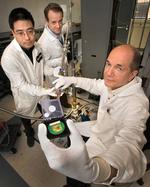
“Physicists at the U.S. Department of Energy’s Brookhaven National Laboratory have broken new ground in the study of functional oxide materials. The researchers discovered a previously unknown mechanism involved in “electrolyte gating,” a method for increasing electrical conductivity …

“Scientists measure subtle electronic fluctuations that could help pinpoint the mechanism behind high-temperature superconductors. High-temperature superconductivity offers perfect conveyance of electricity, but it does so at the price of extreme cold and an ever-elusive mechanism. If understood, scientists might push …
News Scientists Demonstrate New Real-Time Technique for Studying Ionic Liquids at Electrode Interfaces
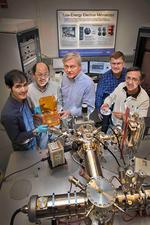
“Ionic liquids—salts made by combining positively charged molecules (cations) and negatively charged molecules (anions) that are liquid at relatively low temperatures, often below room temperature—are increasingly being investigated for uses in batteries, supercapacitors, and transistors. Their unique physical …
News Next-Generation Software Supports Explorations Beyond the Nanoworld into the Intramolecular Picoworld

“For physicist Percy Zahl, traversing surfaces is not only a long-time hobby of his but also the focus of his research. An avid cyclist who is part of the Green Arm Bandits of the East End Cycling Team, he has …
